Home>Renovation & DIY>DIY Projects & Ideas>How To Sell Your DIY Projects


DIY Projects & Ideas
How To Sell Your DIY Projects
Modified: January 4, 2024
Learn how to sell your DIY projects and ideas with our expert tips and strategies. Turn your creativity into profit and start your own successful business today!
(Many of the links in this article redirect to a specific reviewed product. Your purchase of these products through affiliate links helps to generate commission for Storables.com, at no extra cost. Learn more)
Introduction
So, you’ve spent countless hours crafting beautiful DIY projects and now you’re ready to share your creations with the world. Whether you’re a seasoned artisan or just starting out, selling your DIY projects can be an incredibly rewarding venture. Not only can it provide a creative outlet, but it also offers the opportunity to make a profit from something you’re truly passionate about.
In this guide, we’ll walk you through the process of selling your DIY projects, from finding the right platform to pricing your items, creating high-quality product photos, writing compelling product descriptions, marketing and promoting your products, handling sales and shipping, and providing excellent customer service. By the end of this journey, you’ll be equipped with the knowledge and confidence to turn your DIY hobby into a thriving business.
Whether you specialize in handmade jewelry, woodworking, upcycled furniture, or any other type of DIY creation, this guide will provide you with valuable insights and practical tips to help you succeed in the world of online sales. So, roll up your sleeves and get ready to take your DIY projects to the next level!
Key Takeaways:
- Find the right platform to sell your DIY projects, like Etsy or Instagram, to reach your audience and showcase your creations effectively.
- Price your DIY projects thoughtfully by considering materials, time, market research, and profit margin to attract buyers and ensure fair compensation.
Read more: Understanding Your Home’s Circuits
Finding the Right Platform to Sell
Choosing the right platform to sell your DIY projects is crucial for reaching your target audience and maximizing your sales potential. Here are some popular options to consider:
- Online Marketplaces: Websites like Etsy, eBay, and Amazon Handmade are excellent choices for reaching a large audience of potential buyers. These platforms provide a user-friendly interface for listing your products and offer built-in tools for managing orders and communicating with customers.
- Personal Website: Building your own e-commerce website gives you complete control over your brand and product listings. Platforms like Shopify, WooCommerce, and Squarespace offer customizable templates and integrated payment processing, making it easy to set up and manage your online store.
- Social Media: Utilizing social media platforms such as Instagram, Facebook, and Pinterest can be a powerful way to showcase your DIY projects and connect with potential customers. You can use these platforms to drive traffic to your online store or directly sell your products through integrated shopping features.
When choosing a platform, consider factors such as fees, ease of use, audience demographics, and the level of competition within your niche. Additionally, it’s important to ensure that the platform aligns with your brand image and provides the necessary tools for marketing and managing your sales.
Once you’ve selected a platform, take the time to optimize your product listings with high-quality images, detailed descriptions, and competitive pricing. By strategically leveraging the features of your chosen platform, you can effectively showcase your DIY projects and attract potential buyers.
Remember, the key to success in selling your DIY projects online is to choose a platform that aligns with your business goals and enables you to connect with your target audience in a meaningful way.
Pricing Your DIY Projects
Setting the right price for your DIY projects is essential for attracting buyers while ensuring that your efforts are appropriately compensated. Here are some key considerations to help you determine the optimal pricing for your creations:
- Cost of Materials: Calculate the cost of the materials and supplies used to create each item. Factor in any specialized tools or equipment, as well as packaging materials for shipping.
- Time and Labor: Estimate the amount of time spent on each project, including design, construction, and any additional customization. Assigning a reasonable hourly rate for your labor is crucial for valuing your creative skills and expertise.
- Market Research: Research similar products within your niche to gauge the typical price range. Consider the quality, uniqueness, and craftsmanship of your projects when comparing them to others in the market.
- Overhead Costs: Account for any additional expenses related to running your DIY business, such as utility bills, workspace rent, marketing materials, and website fees.
- Profit Margin: Determine the level of profit you aim to achieve with each sale. This margin should align with your business goals and provide room for growth and reinvestment.
After considering these factors, you can calculate the total cost of production for each item and use this as a baseline for setting your retail price. It’s important to strike a balance between offering competitive prices and ensuring that your efforts are adequately compensated.
Keep in mind that transparency in pricing can build trust with your customers. Clearly communicate the value and craftsmanship behind your DIY projects, which can justify higher price points for unique and handmade items. Additionally, offering a range of products at different price levels can cater to a broader audience and accommodate varying budgets.
Regularly review and adjust your pricing strategy based on market trends, customer feedback, and changes in production costs. By maintaining a flexible approach to pricing, you can adapt to the evolving demands of your target market and optimize your sales potential.
Ultimately, pricing your DIY projects is a delicate balance of valuing your time and skills while remaining competitive in the marketplace. With thoughtful consideration and strategic pricing, you can position your creations for success in the online market.
Creating High-Quality Product Photos
When it comes to selling your DIY projects online, compelling product photos are your most powerful tool for capturing the attention of potential buyers. Here are some tips for creating high-quality product photos that showcase your creations in the best light:
- Optimal Lighting: Natural light is ideal for capturing the true colors and details of your DIY projects. Choose a well-lit area, such as near a window, and avoid harsh shadows by using diffusers or reflectors if needed.
- Background and Composition: Use a clean, uncluttered background that complements your products without distracting from them. Experiment with different angles and compositions to highlight unique features and craftsmanship.
- Focus and Clarity: Ensure that your photos are sharp and in focus, allowing viewers to appreciate the fine details of your creations. Use a tripod to steady your camera and consider using a macro lens for close-up shots.
- Consistent Branding: Establish a cohesive visual style for your product photos to reinforce your brand identity. This can include consistent background colors, lighting, and editing techniques that create a unified and professional look across your product listings.
- Multiple Angles and Details: Provide potential buyers with a comprehensive view of your DIY projects by including multiple angles and close-up shots. Highlight intricate details, textures, and any customization options available for your products.
- Contextual Use: Show your DIY projects in context by displaying them in use or in a styled setting. This can help potential buyers envision how the items will fit into their lives, adding a relatable and aspirational element to your product photos.
After capturing your product photos, consider post-processing techniques to enhance their visual appeal. This can include adjusting brightness and contrast, correcting colors, and cropping images for a polished and professional finish. However, it’s important to maintain the authenticity of your products and avoid misleading enhancements.
Investing time and effort into creating high-quality product photos can significantly impact the perceived value of your DIY projects and increase the likelihood of attracting interested buyers. Remember, your photos serve as the first impression of your creations in the online marketplace, so make sure they effectively convey the craftsmanship and allure of your handmade items.
Writing Compelling Product Descriptions
While captivating product photos draw potential buyers in, compelling product descriptions provide the necessary context and details to seal the deal. Here are some key strategies for crafting engaging and informative product descriptions for your DIY projects:
- Highlight Unique Features: Clearly articulate what sets your DIY projects apart from others. Whether it’s the use of sustainable materials, intricate handcrafted details, or customizable options, emphasize the unique aspects that make your creations special.
- Storytelling and Inspiration: Share the inspiration behind each project and the creative process involved in its making. By weaving a narrative into your product descriptions, you can establish an emotional connection with potential buyers and convey the passion and dedication infused into your creations.
- Specifications and Dimensions: Provide specific details about the size, materials used, and any relevant technical specifications for your DIY projects. This transparency helps buyers make informed decisions and reduces the likelihood of misunderstandings or returns.
- Use Descriptive Language: Paint a vivid picture with your words by using descriptive adjectives and evocative language that conveys the sensory experience of your products. Whether it’s the smooth texture of hand-polished wood or the vibrant hues of hand-dyed fabrics, descriptive language can evoke a sense of desire and appreciation.
- Benefits and Versatility: Clearly communicate the practical and aesthetic benefits of your DIY projects. Explain how they can enhance the buyer’s lifestyle, serve a functional purpose, or add a touch of uniqueness to their surroundings. Additionally, suggest different ways the items can be used or integrated into daily life.
- Call to Action: Encourage potential buyers to take the next step by including a clear call to action in your product descriptions. Whether it’s inviting them to explore related products, learn more about your creative process, or make a purchase, a compelling call to action can guide them towards a decision.
When writing product descriptions, it’s important to maintain a consistent tone and style that aligns with your brand identity. Whether you opt for a casual and friendly approach or a more formal and informative tone, ensure that your descriptions reflect the personality and values of your DIY business.
By effectively combining captivating product photos with compelling and informative product descriptions, you can create a compelling narrative around your DIY projects that resonates with potential buyers and motivates them to make a purchase.
When selling your DIY projects, be sure to highlight the unique features and benefits of your product. Use high-quality photos and detailed descriptions to showcase the craftsmanship and value of your work.
Marketing and Promoting Your DIY Projects
Once your DIY projects are listed for sale, it’s essential to actively market and promote them to reach a wider audience and drive sales. Here are some effective strategies to elevate the visibility of your creations and attract potential buyers:
- Social Media Engagement: Leverage the power of social media platforms to showcase your DIY projects and engage with your audience. Regularly post captivating photos, behind-the-scenes glimpses of your creative process, and customer testimonials to build a loyal following and generate interest in your products.
- Influencer Collaborations: Partner with influencers or bloggers in your niche to feature your DIY projects on their platforms. Influencer collaborations can introduce your creations to a broader audience and provide authentic endorsements that resonate with potential buyers.
- Email Marketing: Build an email list of interested customers and regularly send out newsletters featuring new product launches, exclusive promotions, and compelling stories about your DIY projects. Personalized and targeted email campaigns can nurture relationships with potential buyers and encourage repeat purchases.
- Search Engine Optimization (SEO): Optimize your product listings and website content with relevant keywords, meta descriptions, and engaging content to improve your visibility in search engine results. By strategically incorporating SEO techniques, you can attract organic traffic and increase the discoverability of your DIY projects.
- Collaborate with Local Businesses: Form partnerships with local boutiques, craft stores, or artisan markets to showcase and sell your DIY projects in physical retail spaces. Local collaborations can expand your reach within the community and provide opportunities for in-person interactions with potential buyers.
- Participate in Craft Fairs and Markets: Attend local craft fairs, artisan markets, and pop-up events to showcase your DIY projects in person. These events offer valuable face-to-face interactions with potential buyers and provide a platform to receive direct feedback on your creations.
It’s important to maintain a consistent and cohesive brand presence across all marketing channels, ensuring that your messaging and visual identity align with your DIY business’s values and aesthetic. By fostering an authentic and compelling brand image, you can establish a strong connection with your audience and differentiate your creations in the marketplace.
Remember that successful marketing and promotion require ongoing effort and adaptability. Regularly assess the performance of your marketing initiatives, experiment with new strategies, and listen to feedback from your audience to refine your approach and maximize the impact of your promotional efforts.
By implementing a well-rounded marketing strategy, you can elevate the visibility of your DIY projects, cultivate a dedicated customer base, and create a buzz around your unique creations in the online marketplace.
Handling Sales and Shipping
Efficiently managing the sales process and shipping logistics is crucial for providing a seamless and satisfying experience for your customers. Here are essential steps to ensure a smooth sales and shipping operation for your DIY projects:
- Streamlined Checkout Process: Simplify the online purchasing experience by implementing a user-friendly and secure checkout process on your e-commerce platform. Minimize the number of steps required for customers to complete a purchase, and offer multiple payment options to accommodate diverse preferences.
- Clear Shipping Policies: Clearly communicate your shipping policies, including processing times, shipping methods, and applicable fees. Transparency about shipping costs and delivery timelines helps manage customer expectations and reduces the likelihood of misunderstandings or disputes.
- Professional Packaging: Invest in high-quality packaging materials that protect your DIY projects during transit and present a polished and professional image upon arrival. Consider incorporating branded elements, such as custom labels or thank-you notes, to add a personal touch to the unboxing experience.
- Shipping Logistics: Evaluate shipping carriers and services to determine the most cost-effective and reliable options for delivering your products to customers. Compare shipping rates, delivery speeds, and package tracking capabilities to select the best shipping solutions for your business.
- Order Fulfillment Process: Establish an efficient order fulfillment workflow that includes processing orders promptly, updating customers on the status of their shipments, and addressing any inquiries or concerns in a timely manner. Consistent communication and proactive updates can enhance the overall customer experience.
- International Shipping Considerations: If you offer international shipping, familiarize yourself with customs regulations, duties, and import taxes for different countries. Clearly communicate international shipping policies and potential additional costs to customers to avoid surprises upon delivery.
Utilizing shipping software or e-commerce platform integrations can streamline the shipping process by automating label generation, tracking updates, and order management. Additionally, providing customers with tracking information for their shipments enhances transparency and builds trust in your shipping operations.
After a sale is completed, follow up with customers to ensure satisfaction with their purchase and gather feedback on their overall experience. This proactive approach demonstrates your commitment to customer care and provides valuable insights for refining your sales and shipping processes.
By prioritizing efficiency, transparency, and customer satisfaction in your sales and shipping operations, you can establish a reputation for reliability and professionalism, ultimately contributing to the success and growth of your DIY business.
Providing Excellent Customer Service
Delivering exceptional customer service is a cornerstone of building a loyal customer base and fostering positive relationships with buyers of your DIY projects. Here are key strategies for providing outstanding customer service throughout the sales process:
- Responsive Communication: Promptly respond to customer inquiries, whether they are related to product details, shipping updates, or general questions. Clear and courteous communication demonstrates your dedication to addressing customer needs and concerns.
- Personalized Interactions: Tailor your interactions with customers to create a personalized and memorable experience. Address customers by name, express gratitude for their support, and offer personalized recommendations based on their preferences and past purchases.
- Flexible Return and Exchange Policies: Establish fair and transparent return and exchange policies that prioritize customer satisfaction. Clearly outline the procedures for initiating returns or exchanges, and strive to accommodate reasonable requests to ensure a positive post-purchase experience.
- Proactive Issue Resolution: Anticipate and address potential issues proactively to minimize customer dissatisfaction. Whether it’s addressing shipping delays, product concerns, or technical difficulties, a proactive approach to issue resolution can mitigate negative experiences and build trust with customers.
- Post-Purchase Follow-Up: After a sale is completed, follow up with customers to express appreciation for their support and gather feedback on their experience. This post-purchase engagement demonstrates your commitment to customer satisfaction and provides opportunities for continuous improvement.
- Quality Assurance and Guarantees: Stand behind the quality of your DIY projects by offering guarantees or warranties that instill confidence in the durability and craftsmanship of your creations. Clearly communicate any guarantees or assurances provided with your products to reassure customers of their value.
Emphasizing a customer-centric approach in your business operations can foster long-lasting relationships and encourage repeat purchases and referrals. By prioritizing the satisfaction and well-being of your customers, you can differentiate your DIY business and create a positive reputation in the marketplace.
Additionally, actively seek feedback from customers to gain insights into their experiences and preferences. Use this feedback to refine your products, services, and customer interactions, demonstrating your commitment to continuous improvement and customer-centric innovation.
Ultimately, providing excellent customer service goes beyond the transactional aspect of sales—it’s about creating meaningful and positive experiences that resonate with your customers and contribute to the overall success and growth of your DIY business.
Conclusion
Congratulations on embarking on the journey of selling your DIY projects! As you’ve discovered throughout this guide, the process of transforming your creative passion into a successful business venture involves a combination of artistic expression, strategic decision-making, and a commitment to exceptional customer experiences. By leveraging the insights and strategies outlined in this guide, you’re well-equipped to navigate the intricacies of selling your DIY projects and unlock the full potential of your creative endeavors.
From finding the right platform to showcase your creations to mastering the art of marketing, promoting, and providing outstanding customer service, each step plays a crucial role in shaping the success of your DIY business. Remember that authenticity, craftsmanship, and genuine connections with your audience are the cornerstones of a thriving venture in the world of online sales.
As you venture into the realm of entrepreneurship with your DIY projects, embrace the opportunities for creativity, innovation, and continuous growth. Stay attuned to the evolving needs and preferences of your customers, and remain open to refining your strategies and offerings to align with their expectations.
Above all, cherish the unique journey of sharing your handmade creations with the world. Your passion, dedication, and unwavering commitment to quality will undoubtedly resonate with those who appreciate the artistry and individuality of your DIY projects.
So, as you take the next steps in your entrepreneurial pursuit, remember that the impact of your DIY projects extends far beyond the products themselves—it’s about inspiring creativity, fostering connections, and leaving a lasting impression on those who experience the beauty of your handmade creations.
With the right blend of creativity, business acumen, and a genuine passion for your craft, your DIY projects have the potential to captivate hearts, enrich lives, and carve out a meaningful space in the world of commerce. Embrace the journey, stay true to your vision, and let your unique creations shine brightly in the marketplace.
Here’s to the remarkable adventure that awaits as you share your DIY projects with the world!
Frequently Asked Questions about How To Sell Your DIY Projects
Was this page helpful?
At Storables.com, we guarantee accurate and reliable information. Our content, validated by Expert Board Contributors, is crafted following stringent Editorial Policies. We're committed to providing you with well-researched, expert-backed insights for all your informational needs.
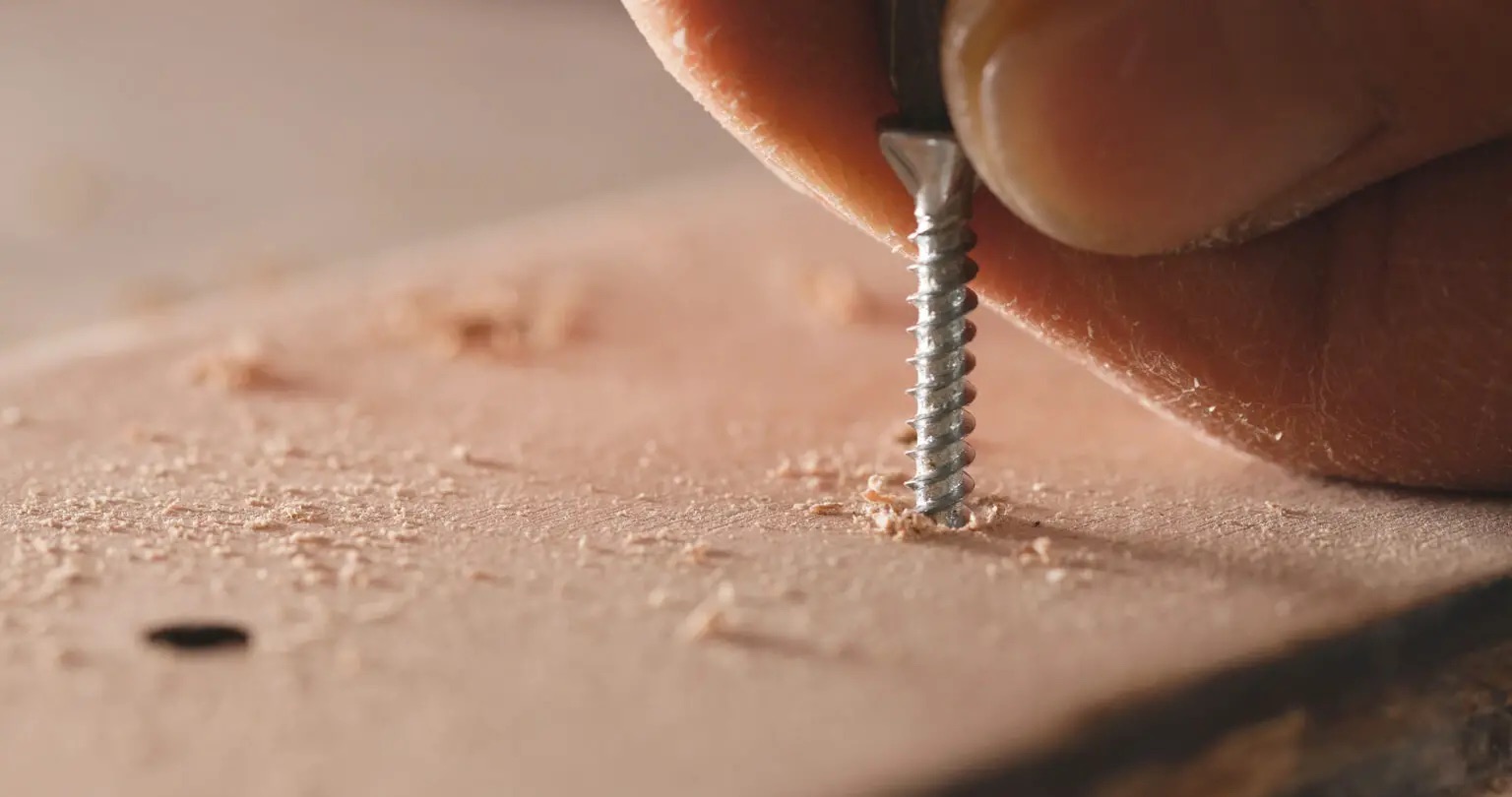
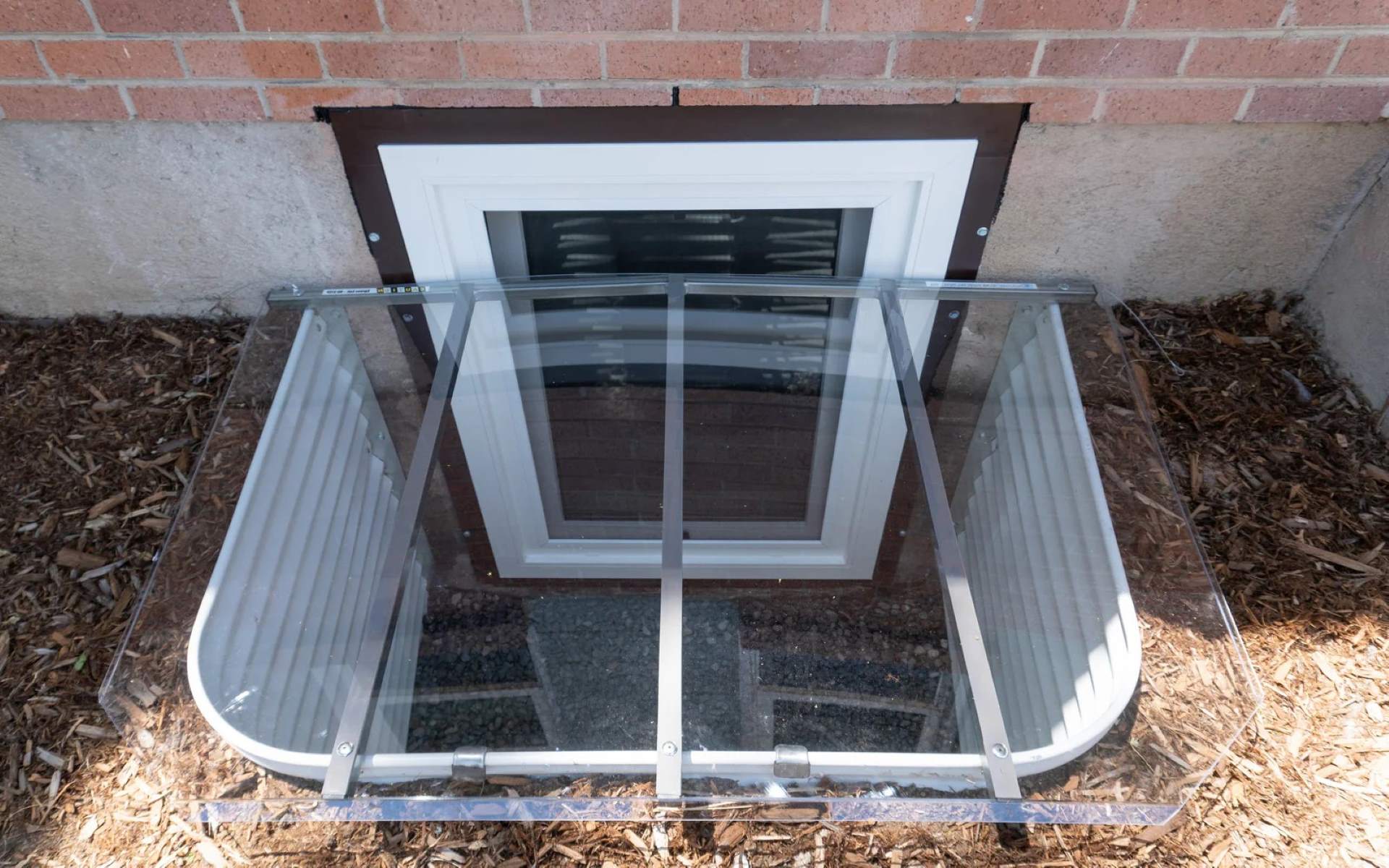



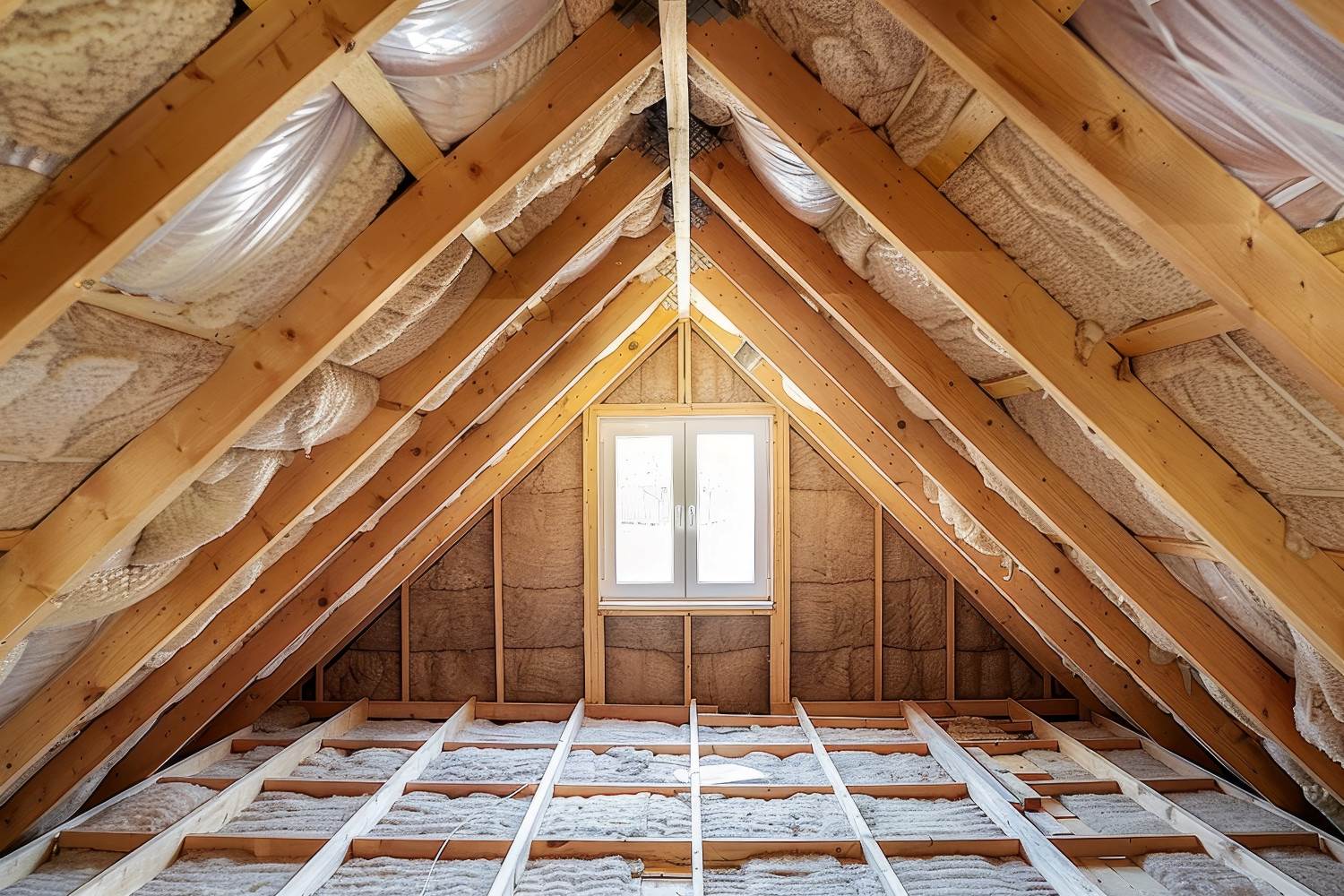
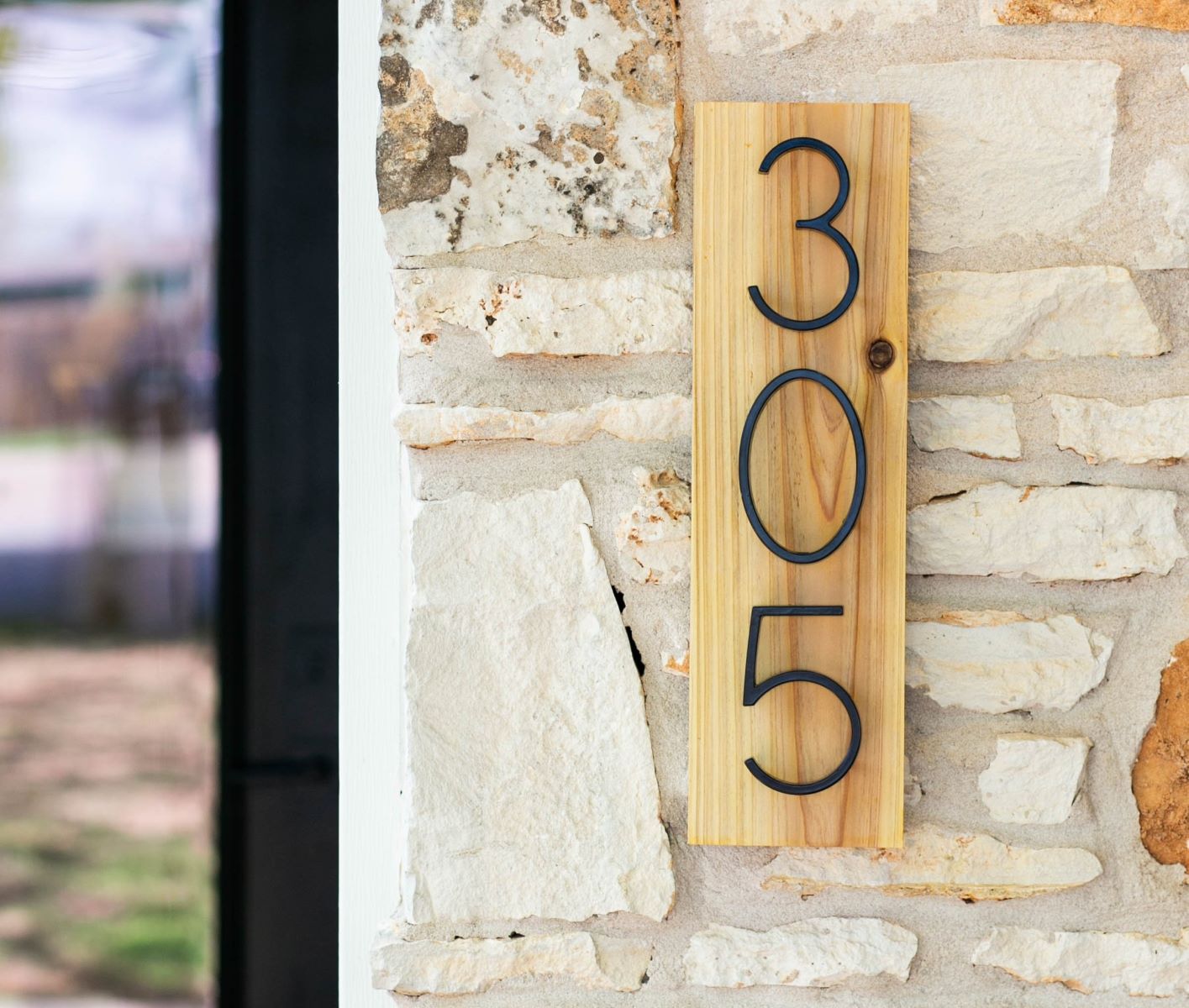



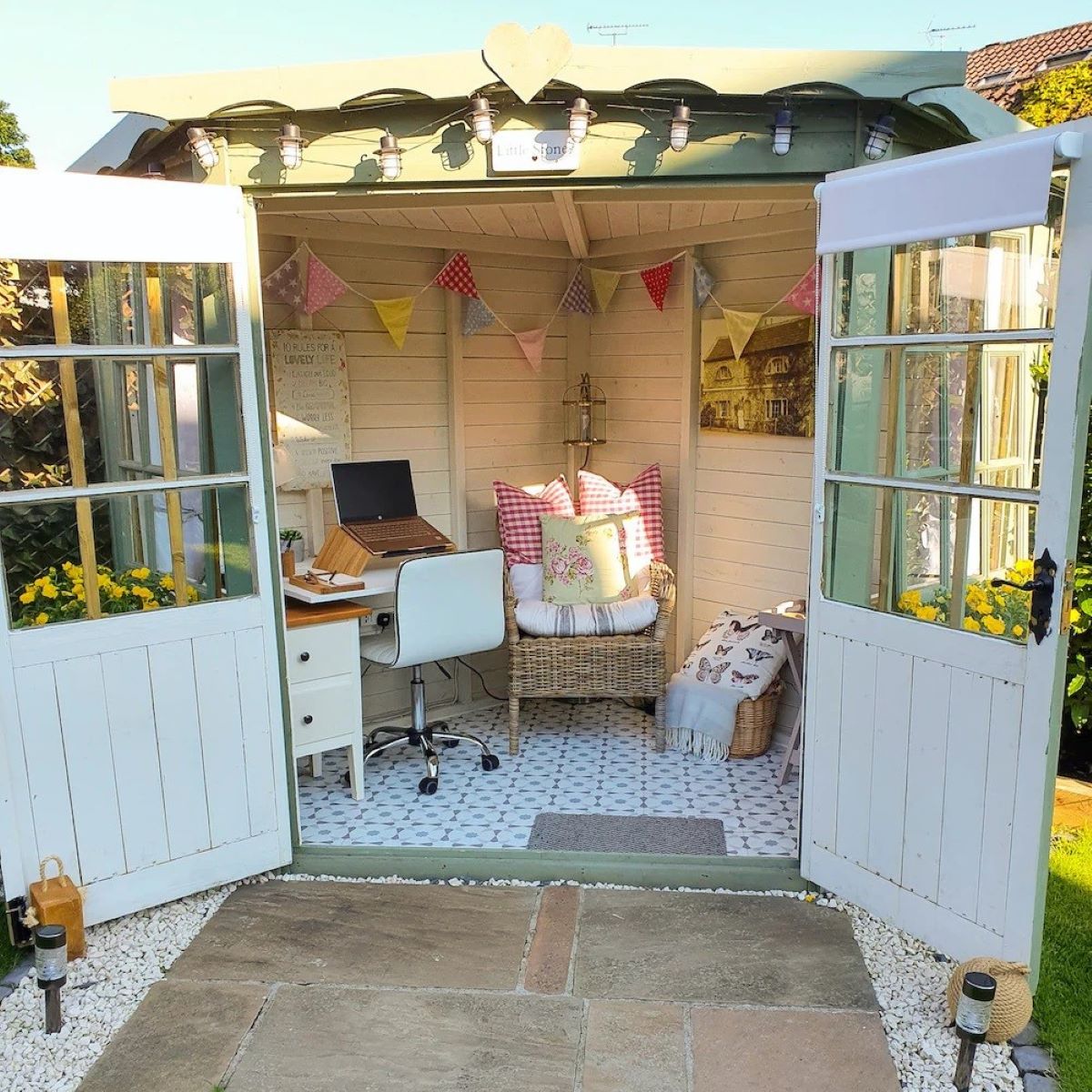




0 thoughts on “How To Sell Your DIY Projects”